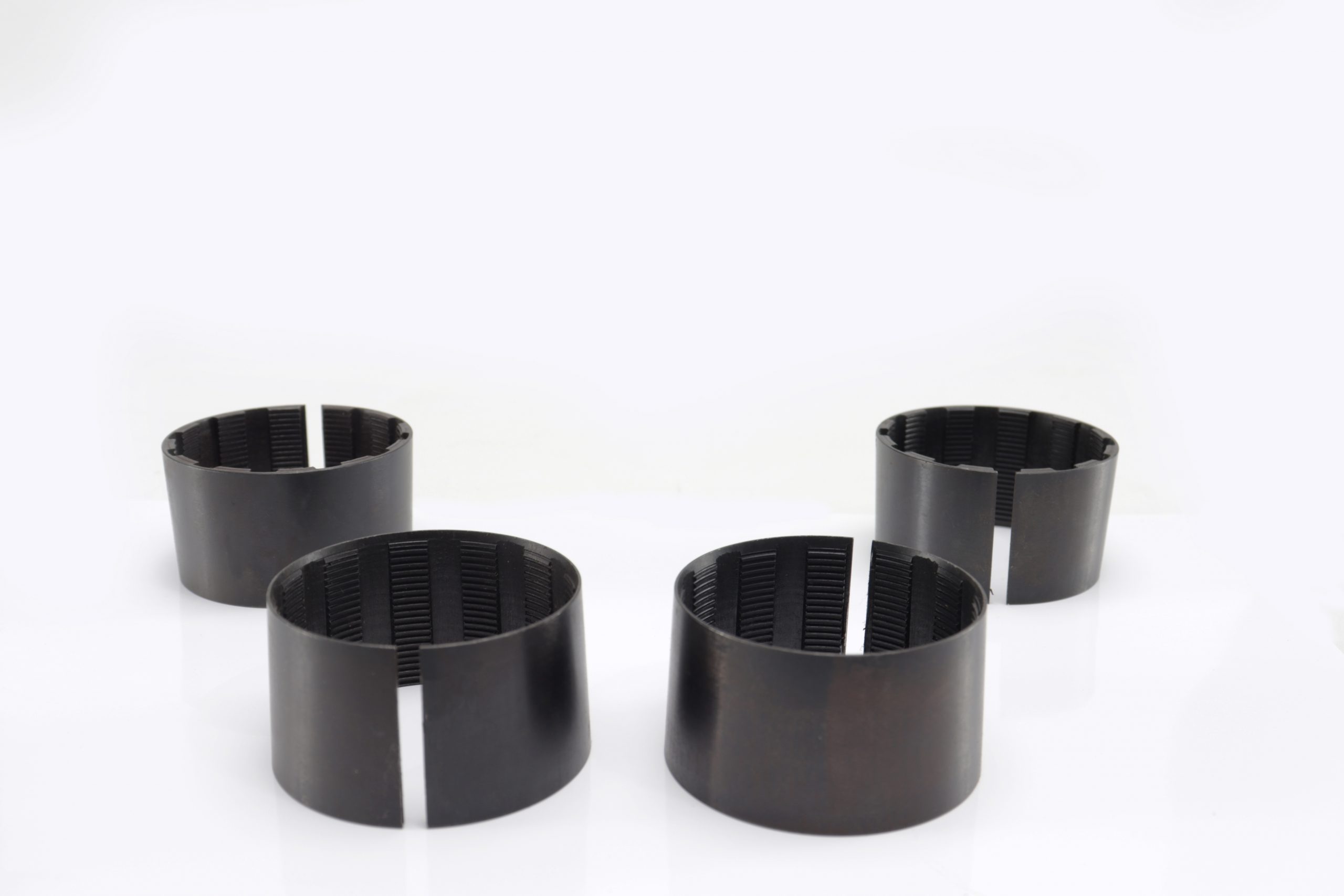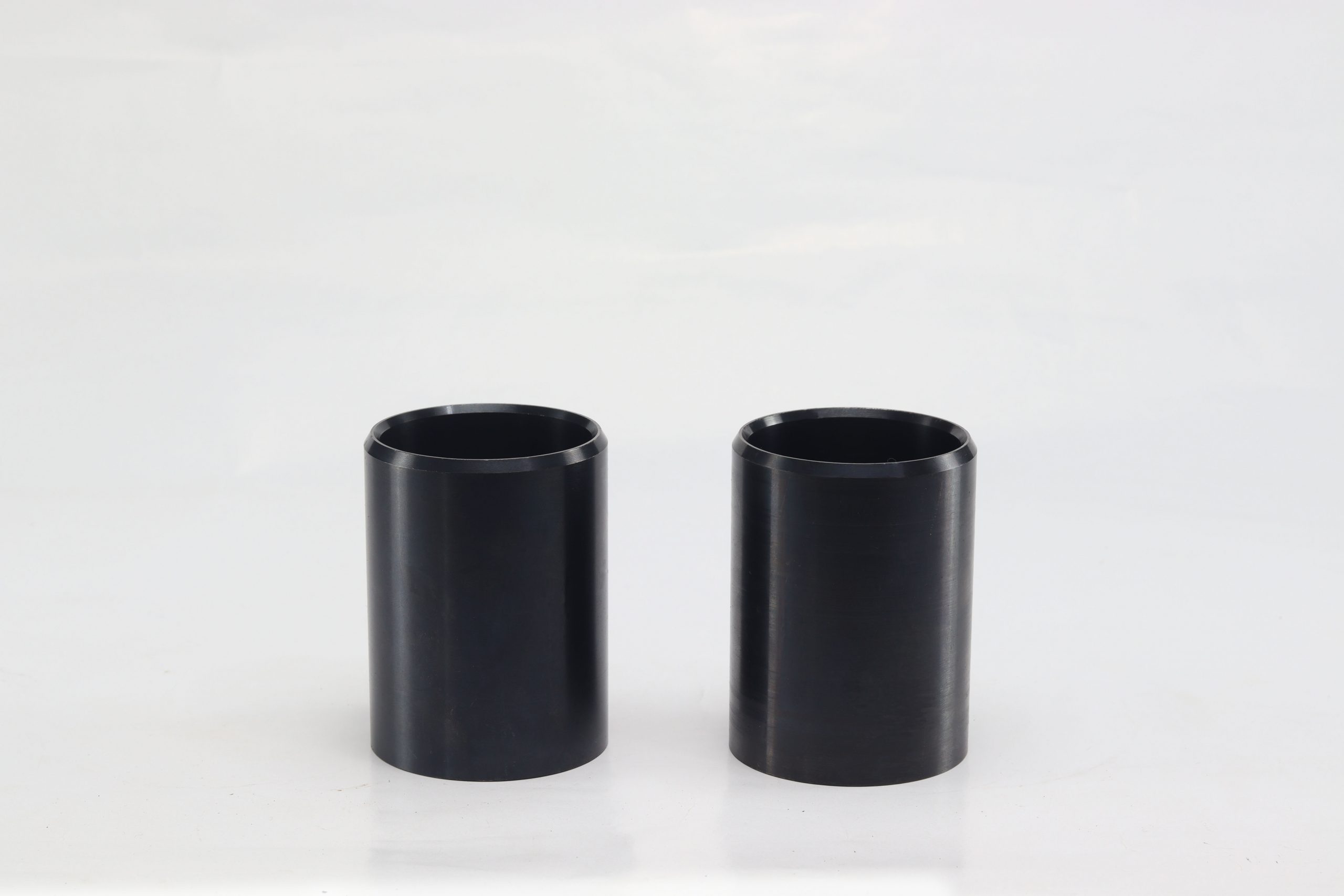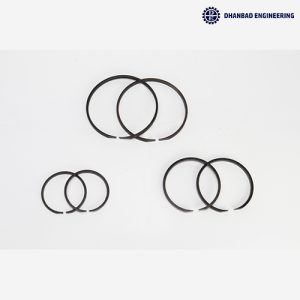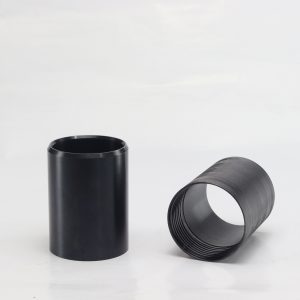1. Geotechnical Exploration
In geotechnical studies, core lifters are used to extract soil or rock samples from deep below the surface. These samples help geologists and engineers understand the composition, stability, and structure of the ground, which is important when planning construction projects, tunnels, dams, or large infrastructure.
2. Mining Operations
Core lifters are used in mining, especially in situations where core samples need to be retrieved from deep underground to evaluate ore bodies. These samples help mining engineers assess the quality of ore deposits and plan extraction techniques more effectively.
3. Environmental Studies
Core sampling is critical in environmental studies, particularly in water bodies (like lakes, rivers, or oceans). A core lifter can be used to extract sediment samples to study pollution levels, sedimentation patterns, and changes in ecosystems over time. Similarly, in land-based environmental work, core lifters can help in gathering soil or groundwater samples for pollution assessment.
4. Research in Subsea Applications
In offshore drilling or deep-sea exploration, core lifters are used to extract core samples from the seafloor to study geological formations and seabed conditions. This information is vital for understanding seismic activity, environmental conditions, and even identifying potential sites for oil or gas extraction in subsea locations.
5. Drilling in Coal and Mineral Exploration
In the mining and mineral exploration industries, core lifters are used to obtain core samples from deep within the earth to study the mineral composition and potential for mineral extraction. This is especially true for coal, precious metals, and rare earth minerals, where precise information on depth, quality, and composition is crucial for making mining decisions.
6. Well Intervention and Maintenance
In oil and gas well maintenance, core lifters are used to retrieve damaged or unwanted pieces of equipment from the wellbore, like tubing, casing, or stuck tools. This makes well intervention more efficient, reducing downtime and ensuring that necessary maintenance can be performed.
7. Energy Production
For geothermal energy operations, core lifters are used to extract samples from geothermal wells. These samples help to evaluate the temperature, pressure, and composition of the geothermal reservoir, which is crucial for energy production planning and efficiency.
8. Agricultural Studies
Core lifters can also have applications in agriculture, particularly in soil analysis. By extracting core samples of soil, scientists can better understand soil health, composition, and fertility, which can help in optimizing agricultural practices.
9. Archaeological Exploration
In some rare cases, core lifters are used in archaeological digs. They help extract samples from deep layers of soil or sediment without disturbing surrounding areas, allowing archaeologists to examine the historical and environmental conditions of the site.
10. Paleontological Studies
Core lifters are sometimes used to retrieve samples from layers of earth that may contain fossils or other paleontological findings. By carefully extracting these core samples, scientists can study the fossils or remnants of ancient life.
In all these applications, the core lifter provides a vital function for sampling or lifting materials from depths, allowing for safe retrieval and analysis without the need for disruptive methods. It ensures that samples remain intact and in their natural state, which is crucial for accurate analysis.






